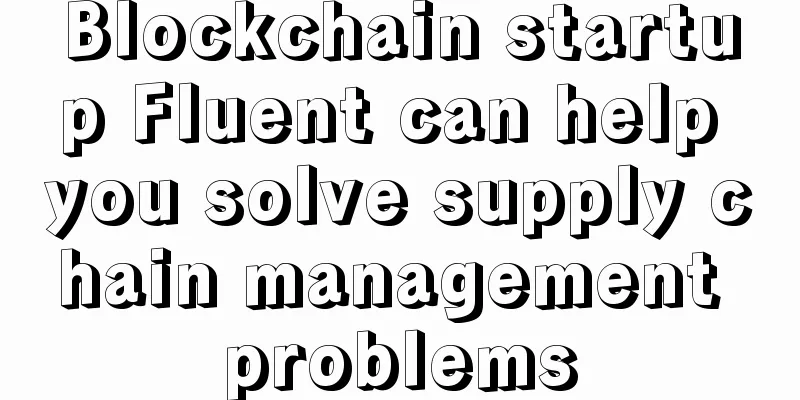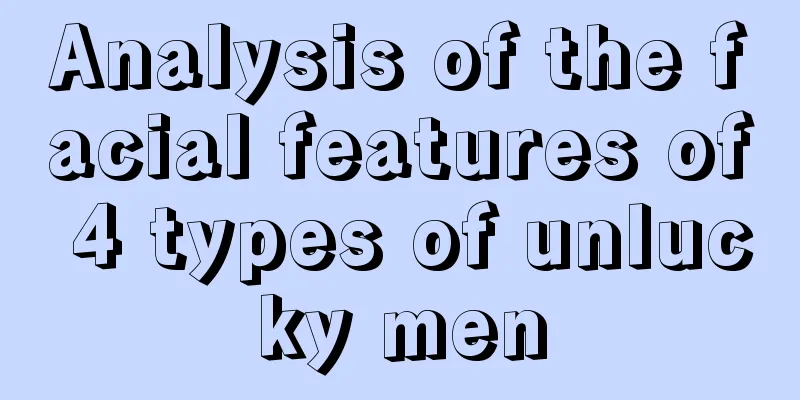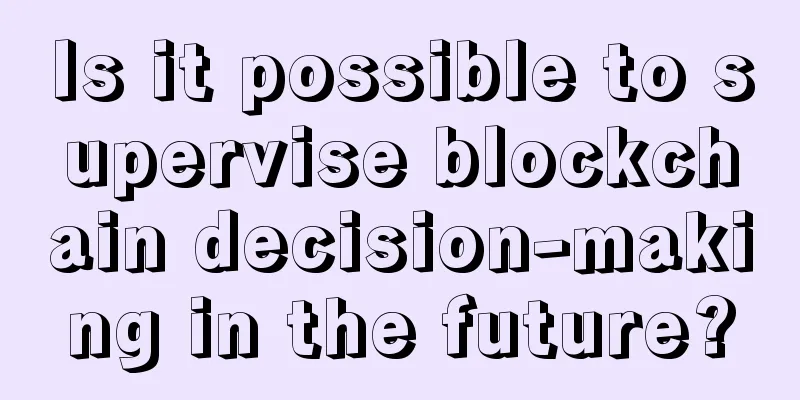The combination of blockchain and supply chain brings global trade efficiency to a new level

|
The global movement of goods generates billions of dollars in revenue for businesses, but also creates losses and inefficiencies due to potential risks, fraud, and delays associated with traditional manual paperwork. The good news is that only a few industries stand to benefit so greatly from Since the financial crisis of 2007-2008, the volume of international trade has grown steadily, leading to increasing criticism of the infrastructure and mechanisms underlying the actual operations (supply chain management and trade finance), as process delays and their risks have seriously affected the quality of trade. Supply chain management is the structure and process of products from raw materials to finished products in the hands of end consumers. Usually this process involves many companies, each of which is responsible for its own corresponding links, such as processing and manufacturing, inventory management, and quality control. All these links together constitute the product supply chain. When the supply chain is completed, a series of physical and financial transactions will take place. However, the level of global supply chain management is far below people's expectations. Physical transactions often involve manual document transfer (and unsystematic electronic devices). It is a heavy task to ensure that physical objects and inventory as well as accompanying documents are tracked at every link, especially since manual processes involve risks such as human error, loss, damage, theft, and fraud. Many startups are proposing blockchain-based solutions to address supply chain issues for physical and financial products. Providers of blockchain solutions in the physical supply chain space include CargoChain and Everledger, which are dedicated to ensuring the authenticity of global diamond transactions and minimizing the risk of fraud. The immutability of blockchain and the transparency and multi-party access it provides to shared ledgers are considered core attributes to improve the efficiency of tracking changes in commodity ownership in the supply chain. The movement of goods from sellers to buyers in the supply chain is accompanied by monetary payment activities. Against the backdrop of high credit costs and corporate cash flow needs, financial services companies provide guarantees for the transfer of goods and payment of goods. The company's mechanism is usually called supply chain financing or trade financing. Invoice and cash management increase the burden of payment and greatly increase the complexity of cross-border transactions because of the involvement of agent banks. Trade finance management has always required the participation of Misys, SAP, and Surecomp, with traditional banks providing financing services to corporate customers. The most common trade financing business of banks is factoring, which is usually the bank paying for goods before the buyer pays for the goods; of course, the bank will charge a fee (usually 4% to 8%), but there is a risk that the buyer will delay or even refuse to pay. Commodity suppliers need to bear the high costs of commodity protection and factoring, which greatly reduces profits and brings insecurity to payment. For transaction participants, factoring business has many hidden risks, including non-payment, duplicate payment, misunderstanding, and even fraud. In addition, manual operation, document collection, and exchange increase the operating costs. However, some people have suggested using blockchain to improve the efficiency of the trade industry, and Skuchain and Fluent have both set this as their research and development goal. Fluent CEO Lamar Wilson said:
Founded in 2014, Fluent provides a variety of blockchain-based services to banks, corporates and other non-bank clients, including real-time B2B payments, supply chain financing and peer-to-peer capital markets. Suppliers can use Fluent Network’s purpose-built blockchain technology to improve existing trade finance: As long as the buyer agrees, invoices can be tokenized to avoid duplicate and forged invoices. In a multi-lender market, payables can be split and sold in different ways, including incrementally. Instead of having to track and reconcile remittance information, blockchain can capture the invoice information exactly as it is, facilitating payment by the buyer without having to know who holds the invoice. Wilson said:
Since its establishment, Fluent has raised a total of US$2.5 million. Investors include ff Venture Capital, Digital Currency Group, Fenbushi Capital, Crosscut Ventures, Lindbergh Tech Fund, the St. Louis Arch Angels, Draper Associates, Thomson Reuters, 500 Startups, UMB Bank, SixThirty, etc.; it recently announced that Kansas City, a commercial bank in Mississippi, has become a user of its pilot project. Information and media giant Thomson Reuters invested in blockchain in order to understand blockchain and its potential applications in the real world. A blog post said:
|
<<: Dash is ready for point-of-sale integration
>>: The DAO vote is called off, and the Slock.it team is trying to turn the tide
Recommend
What does double wisdom line mean?
There are three lines on the palm that we can cle...
The worst face: cross-eyed people. Is the fate of people with cross-eyed people good?
People with cross eyes are narrow-minded. People ...
Detailed analysis of the face of a person with yin-yang eyes and evil intentions
How about the detailed explanation of Yin-Yang ey...
What does a forked love line mean?
The heart line is also known as the love line. If...
What is it like when thousands of Bitcoin ATMs appear overnight in Switzerland?
At the end of October, the Swiss National Railway...
When meeting the other party's parents, you can show a generous face
Many people face a problem after falling in love,...
IBM opens new Bluemix Garage dedicated to cloud blockchain application development
IBM has announced the opening of a new Bluemix Ga...
What is the face of a woman destined to be rich in the future? Analysis of the face of a woman destined to be rich
Everyone hopes that he is destined to be rich in ...
What kind of eyebrow shape brings you bad luck?
What kind of eyebrow shape brings you bad luck? 1...
People with the longest index finger have the best fortune
People with the longest index finger have the bes...
What does it mean for a woman to have thin eyebrows?
Some women have sparse eyebrows, while others hav...
What impact does facial problems have on our fortune?
Each of us has a slightly different appearance, w...
Palmistry characteristics that indicate success in career
Career is the root and foundation for many people...
What does a thin lifeline on palmistry mean?
How to read the life line on palmistry? The lifel...
Coin Zone Trends: Bitcoin Price Trends Based on Big Data This Week (2016-06-16)
The price of the currency is approaching 5000 for...









